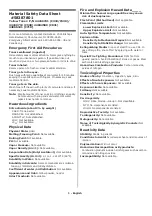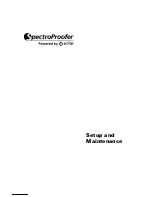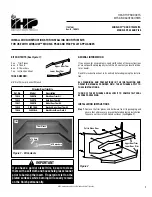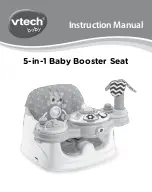
08
7
B
C
4
A
8
GB
Tip 1: Manual calibration should be performed near the place found last as shown in
Image B/C. Repeat this step as needed.
Tip 2: Because of static charges, electric fields may be detected at the side of the actual
position of the wire. To carry away these charges, lay your free hand on the wall.
Tip 3: Move the tool slowly as friction can generate interfering electric charges.
Tip 4: If you suspect that wires must be present but cannot find any, this may be because
they are shielded in conduits. Use STUD-SCAN in order to localise conduits.
Tip 5: Metal in walls (e.g. metal studs) transmit electrical fields and may therefore cause
interference. In this case, switch to STUD-SCAN in order to find the wire.
Tip 6: The position where you start is important: To achieve maximum sensitivity, start by
placing the device in a position which is known not to be near live wires.
Note: If an object is deep inside a wall, the device may not indicate it clearly.
Continuous current monitoring in unshielded wires as soon as an electrical field
is detected.
STUD-SCAN: Current monitoring
Manual
calibration
Isolate an object to be
measured by passing
over it several times.
Manual
calibration
Wires which are at a depth of more than 4 cm may not be detected.
!
For localising live wires directly beneath the plaster or behind wooden panels and other
non-metallic panelling. It is not possible to detect live wires in dry walls with metal studs.
– Select AC-SCAN (button 4).
– As soon as the display switches from CAL to CAL OK, you can move the device.
– MOVE: Move the tool
slowly
across the surface.
Measuring in AC-SCAN mode
Manual_StarFinder_Plus_105x264mm_Rev.1012.indd 08
05.11.12 15:27
Summary of Contents for StarFinder Plus
Page 90: ...90...
Page 91: ...StarFinder Plus 91...









































